
Using college football recruiting and talent data as an example, let's see how DuckDB’s flexibility and SAS integration streamline complex transformations and queries.

Using college football recruiting and talent data as an example, let's see how DuckDB’s flexibility and SAS integration streamline complex transformations and queries.

A hands-on introduction to SAS Notebooks in SAS Viya Workbench, showing how to combine code, SQL, and Markdown for a more productive and interactive coding experience.

SAS SQL handles missing values differently than the ANSI standard for SQL. PROC SQL follows the SAS convention for handling missing values: numerical missing values are always interpreted as less or smaller than all nonmissing values. My first blog showed that missing values can be troublemakers in non-grouped descriptive statistics.

SQL (Structured Query Language) is the most widely used programming language for relational databases worldwide. No other programming language produces more hits for a web search than SQL and interest is growing rapidly. In June 2010, Google showed 135 million hits versus 586 million hits in June 2020. SQL is
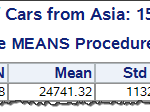
Did you know that PROC SQL captures the record count for a result set in a special automatic macro variable? When you create a subset of data to include in a report, it's a nice touch to add a record count and other summaries as an eye-catcher to the report
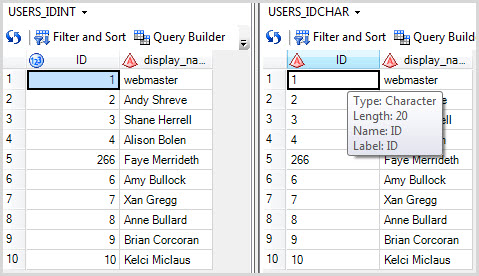
Yesterday a frustrated SAS user complained on Twitter. He's working with a database that stores an ID field as a big long number (perhaps using the database BIGINT type), and SAS can't display a number greater than 15 digits. Well, it's actually 16 digits, depending on the value: %put Biggest
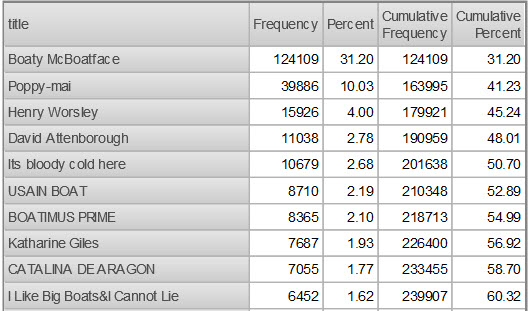
As a parent of children who love books, I can tell you that there is something humorous about taking a first name, adding a "Mc" and then a rhyming surname to make up a brand new character name. My daughters always loved to read the adventures of Harry Mclary from
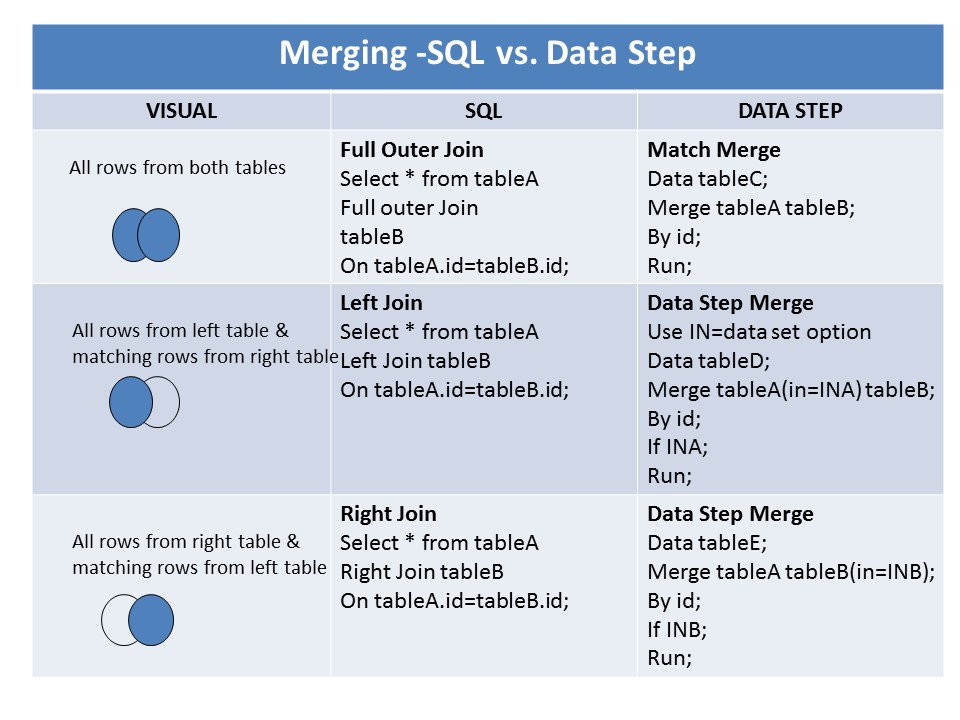
“Phew! That tip alone was a life saver,” said a student in one of my SAS SQL classes. “Before, I would have to read about ten Google search results before I could find that content of the sort you shared in class.” That student was referring to the tip I
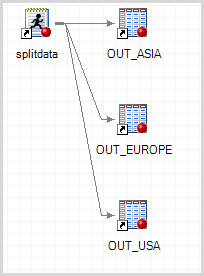
Back in the day when the prison system forced inmates to perform "hard labor", folks would say (of someone in prison): "He's busy making little ones out of big ones." This evokes the cliché image of inmates who are chained together, forced to swing a chisel to break large rocks
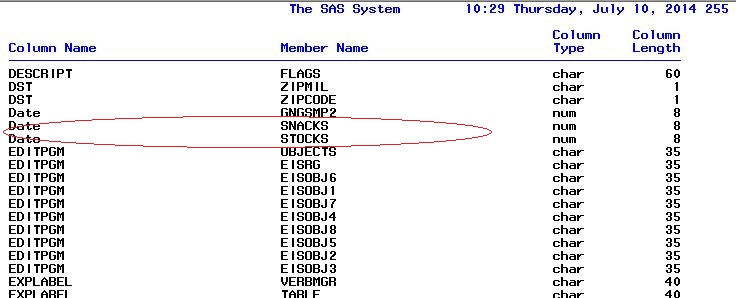
Order must be the most frequent cry for help in the SAS classroom. “HELP,” said my student in the classroom. “I work with messy health data. My users want to see data in this order.” T1.col1, t1.col2, t1.col3, t1.col4, t2.col5, t1.col6 and list the remaining columns in column position from

How can you go home on time? Take a quick tour with these 5 tips that I was able to summarize for my students in the SAS SQL 1: Essentials class yesterday. Since they found it handy and asked if it could become a blog post, I thought I’d share

Consultant Frederick Pratter continues his winning streak with this third edition of Web Development with SAS by Example. Web programmers of all levels will appreciate Frederick's many real-world examples and clean delivery. Speaking of delivery, I'd encourage those of you who attend SAS Global Forum and regional user group conferences to seek out Frederick if

When I joined SAS Institute I had no knowledge of SAS. I studied, researched and practiced. The questions I asked would make even the most seasoned programmer blush a beetroot red! Those were an intense nine months—I’ll tell you more in a later post about the learning system at SAS